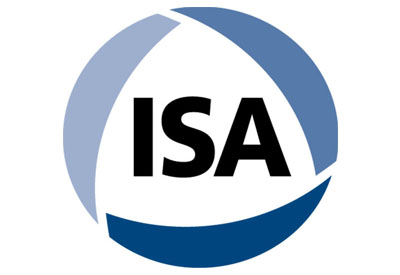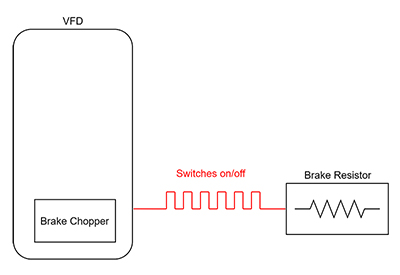New ISA book introduces an inexpensive, easy-to-understand way to protect against industrial cyberattack

With their advanced, microprocessor-based technologies, today’s industrial automation and control systems (IACS) deliver much-improved performance and features compared to their analog counterparts.
Unfortunately, these newer, networked systems-with their ability to be configured remotely-are more vulnerable to cyberattack.
Security PHA Review for Consequence-Based Cybersecurity, a new book published by the International Society of Automation (ISA), introduces an easy-to-follow, cost-effective methodology for safeguarding critical infrastructure and process industry facilities from cyberwarfare and other forms of cyber-risks.
The book illustrates how a Security Process Hazards Analysis (PHA) Review identifies hackable scenarios, ranks them appropriately, and pinpoints non-hackable safeguards-such as relief valves and current overload relays-that are not vulnerable to cybersecurity threats.
Written by Edward Marszal, PE, and James McGlone-two globally recognized experts in process safety, industrial cybersecurity, and the ISA/IEC 62443 series of IACS security standards-the book is designed to deliver clarity, simplicity, and confidence to those responsible for industrial cybersecurity.
“We were prompted to write this book because the industry and the cybersecurity practitioners are still unsure of what to do and why,” emphasizes McGlone. “In addition, the current approach in industrial cybersecurity focuses on network devices such as computers, Level 3 switches, and firewalls instead of on the process and machines that could be damaged or cause damage if control is lost.
“By analyzing the cause of and safeguards for cybersecurity weaknesses,” McGlone explains, “it’s possible to determine consequences that are potentially unaffected by the safeguards and those that could be caused by malicious intrusion, such as hacking. Any consequence that is not protected by existing safeguards or that can be caused by a cybersecurity attack is assigned an ISA/IEC 62443-based Security Level Target to be implemented or it is assigned an alternative safeguard or redesign to eliminate all or some of the cybersecurity risk.”
McClone points out that the book is targeted to a wide range of automation and process industry professionals, including:
- Instrumentation and control system engineers and technicians
- Network engineers
- Process safety, health and safety, cybersecurity, and maintenance personnel
- Executives focused on risk reduction
——————
To purchase a copy of Security PHA Review for Consequence-Based Cybersecurity, click here.
For more details, read the informative author interview
For greater perspective on the value and significance of the new book as well a more detailed overview of its content, read the Q&A feature with one of the book’s authors.







